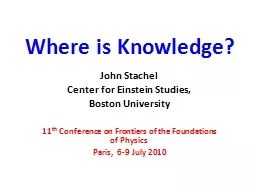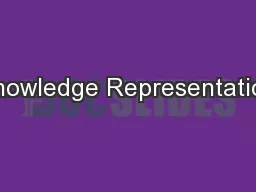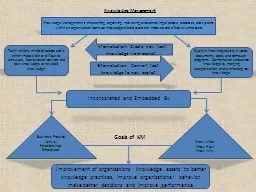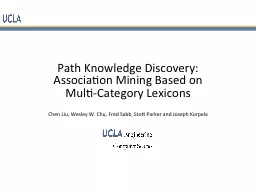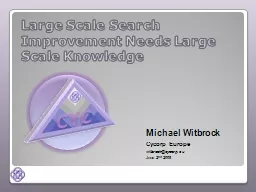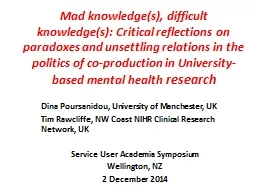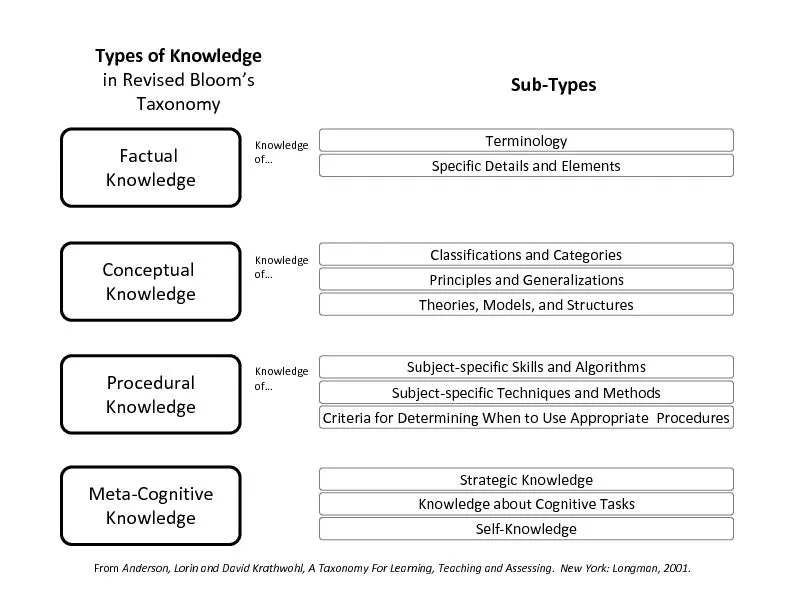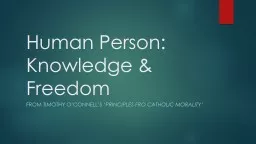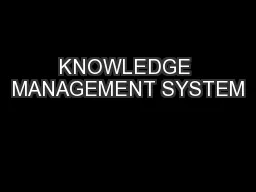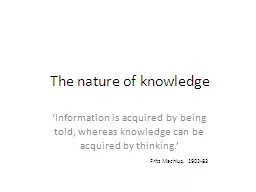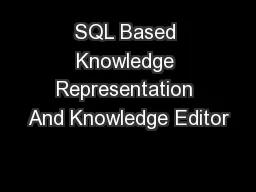PPT-Where is Knowledge?
Author : debby-jeon | Published Date : 2016-06-28
John Stachel Center for Einstein Studies Boston University 11 th Conference on Frontiers of the Foundations of Physics Paris 69 July 2010 Aron Gurwitsch Studies
Presentation Embed Code
Download Presentation
Download Presentation The PPT/PDF document "Where is Knowledge?" is the property of its rightful owner. Permission is granted to download and print the materials on this website for personal, non-commercial use only, and to display it on your personal computer provided you do not modify the materials and that you retain all copyright notices contained in the materials. By downloading content from our website, you accept the terms of this agreement.
Where is Knowledge?: Transcript
Download Rules Of Document
"Where is Knowledge?"The content belongs to its owner. You may download and print it for personal use, without modification, and keep all copyright notices. By downloading, you agree to these terms.
Related Documents

